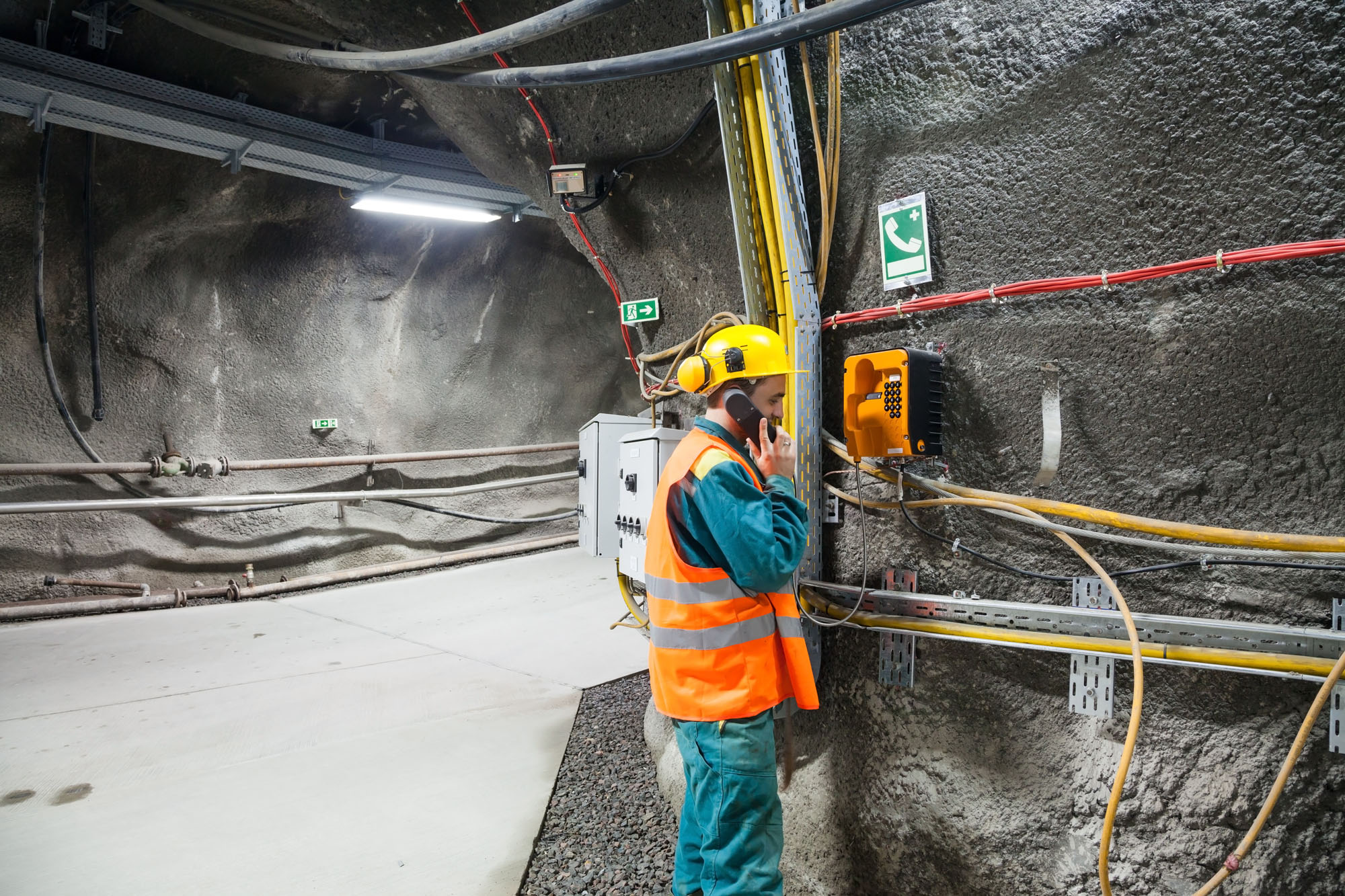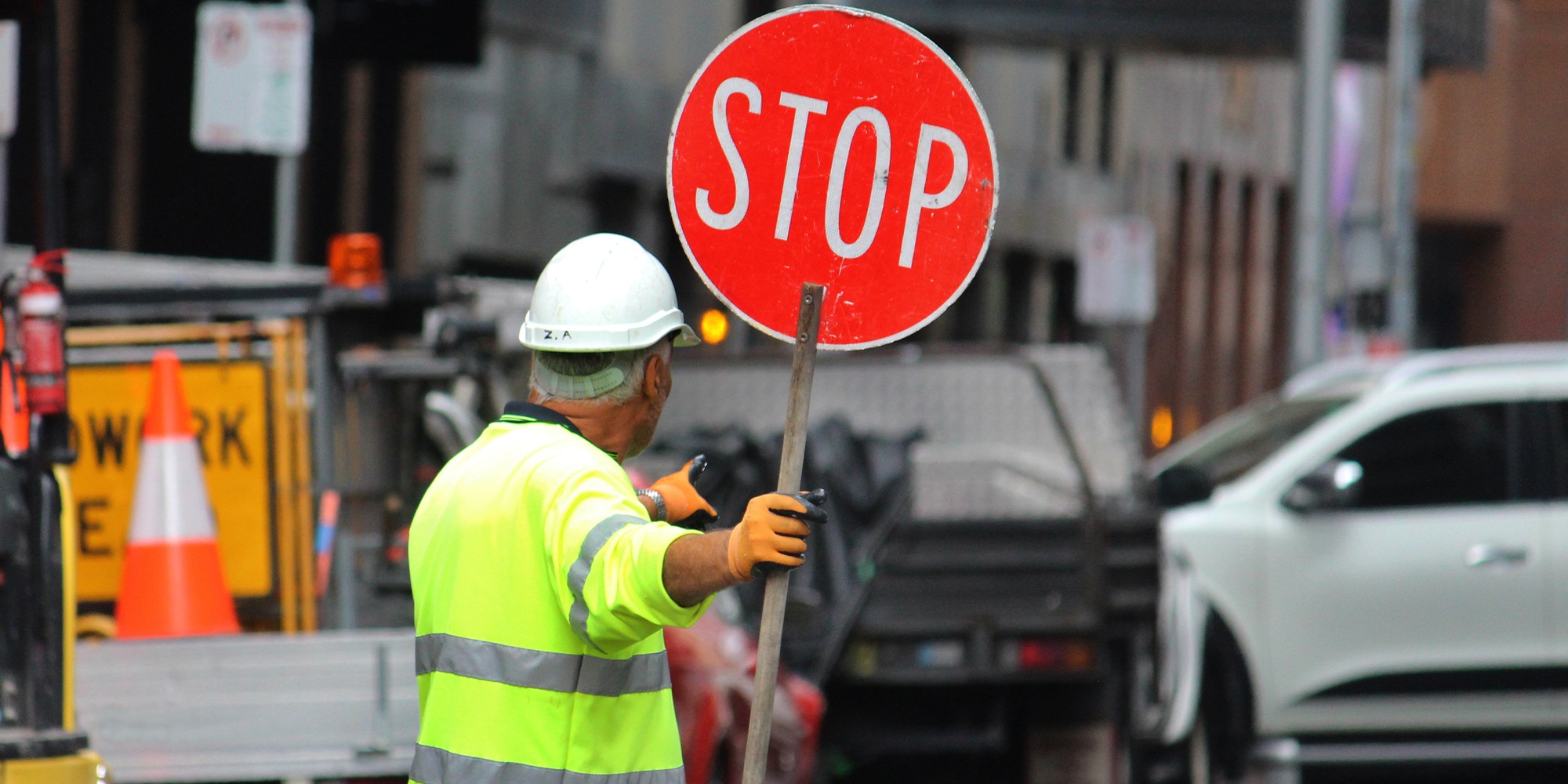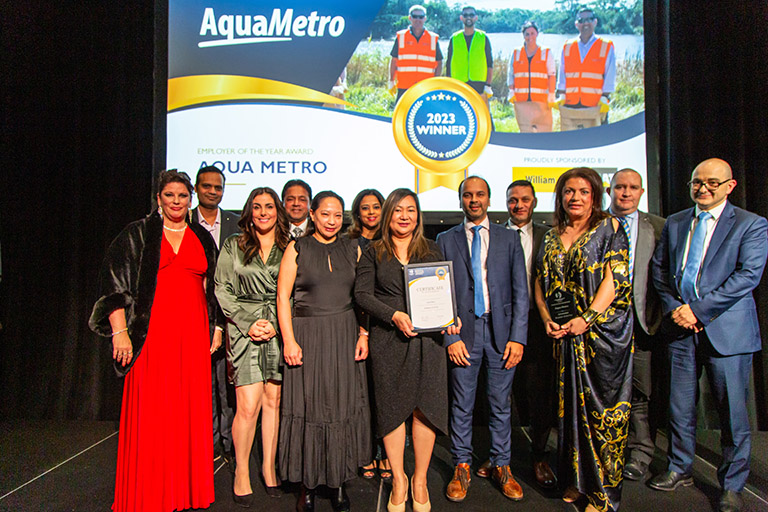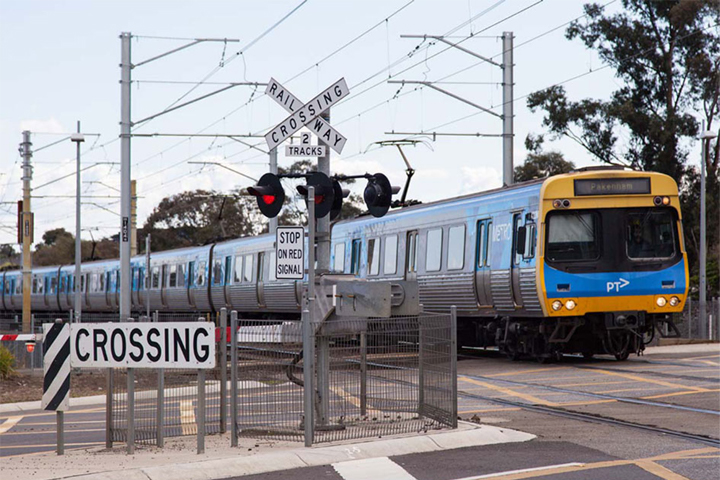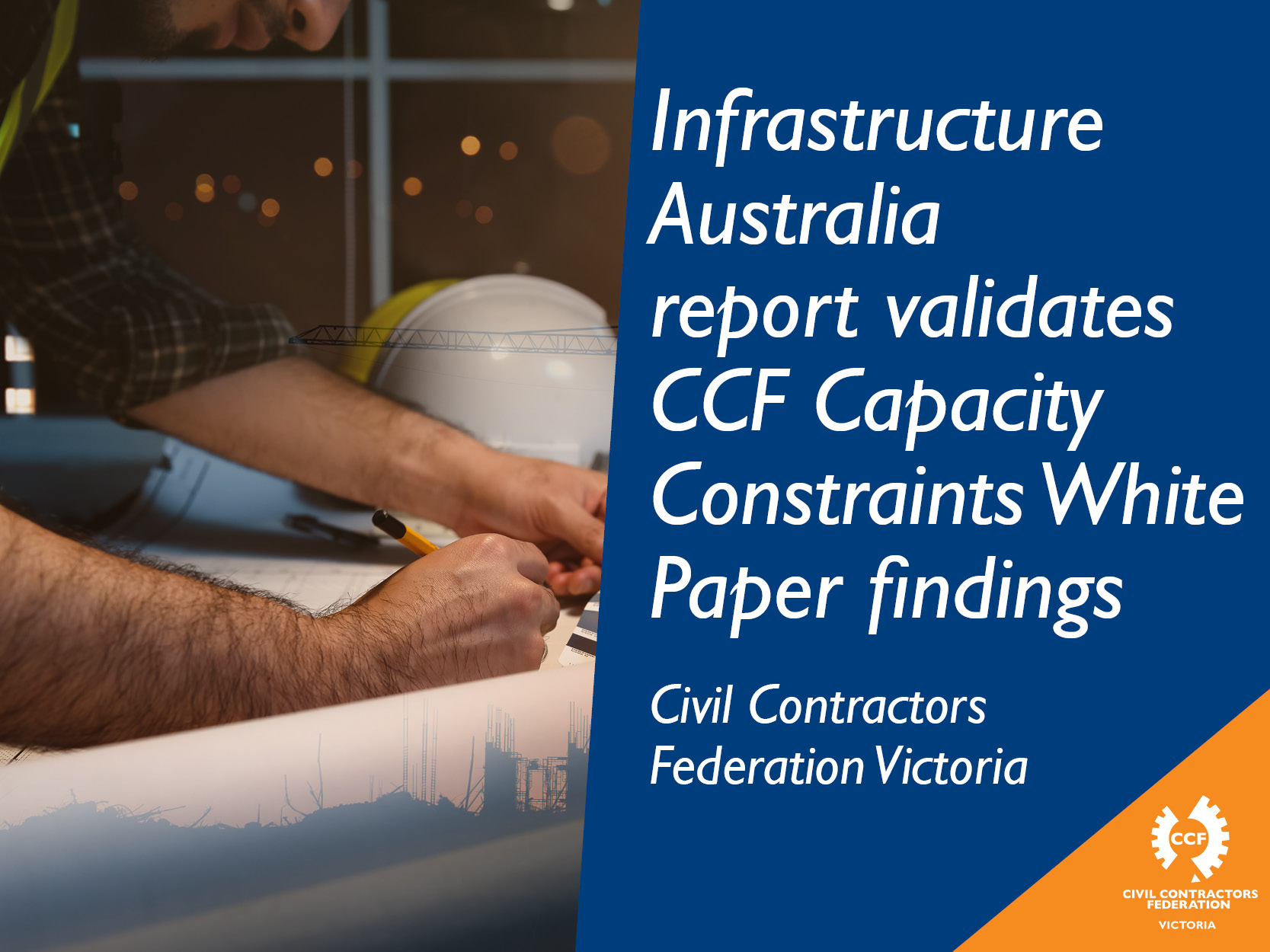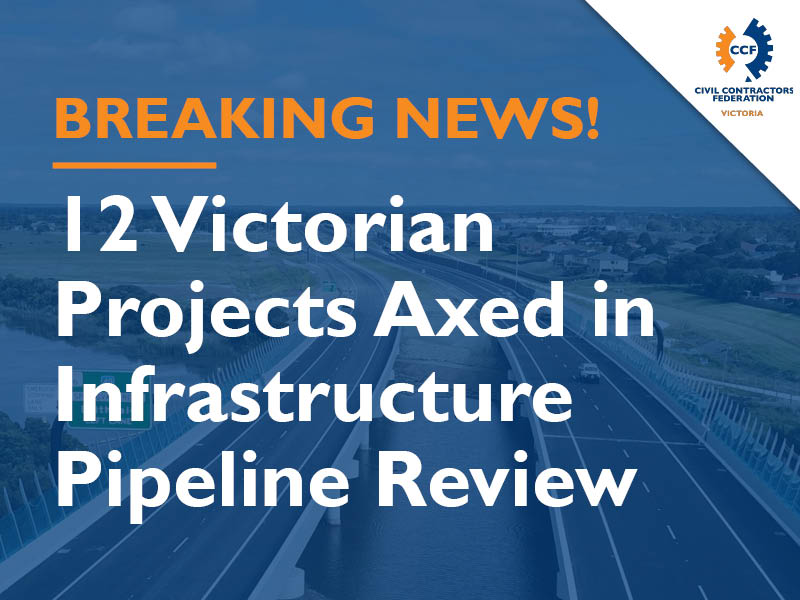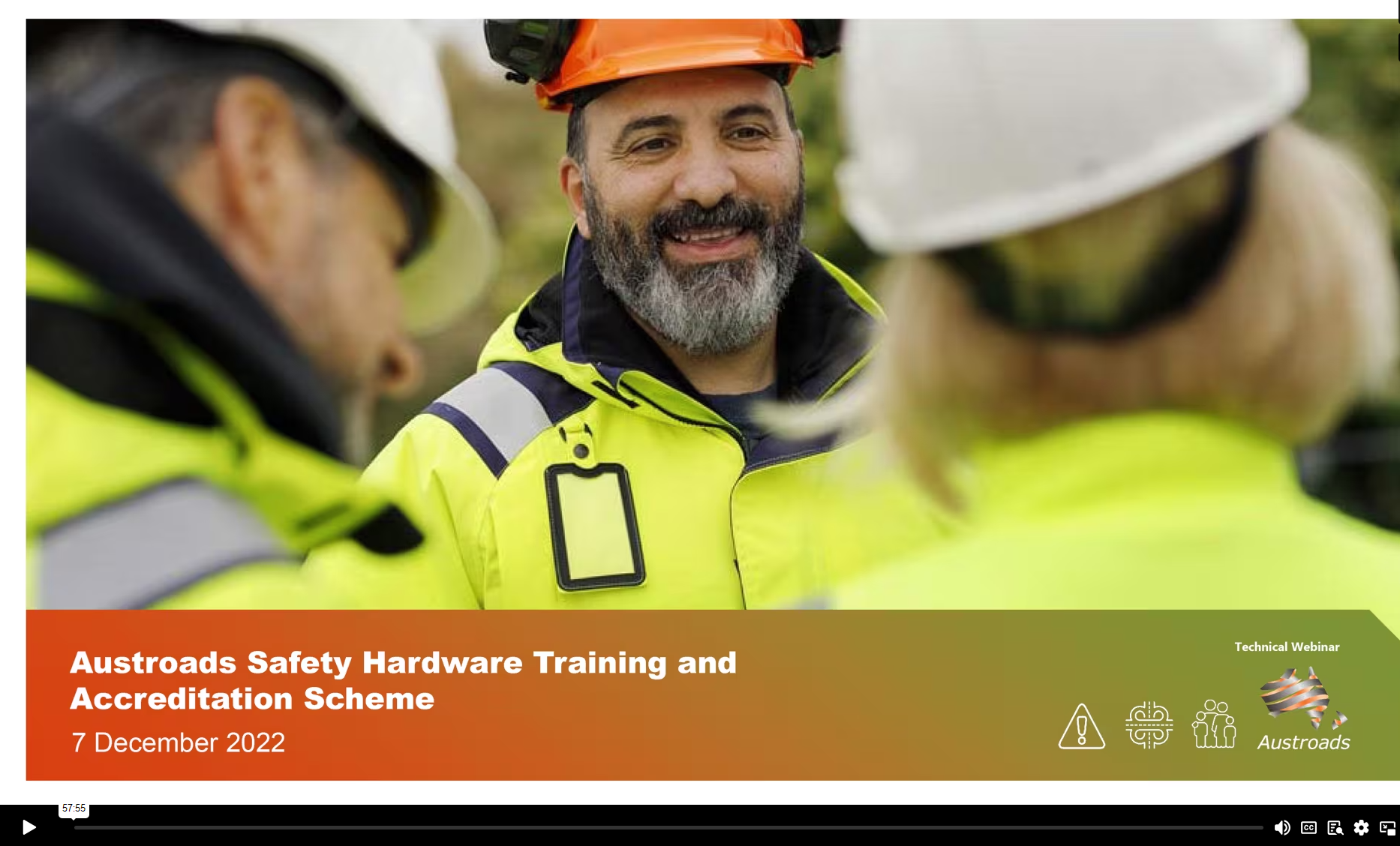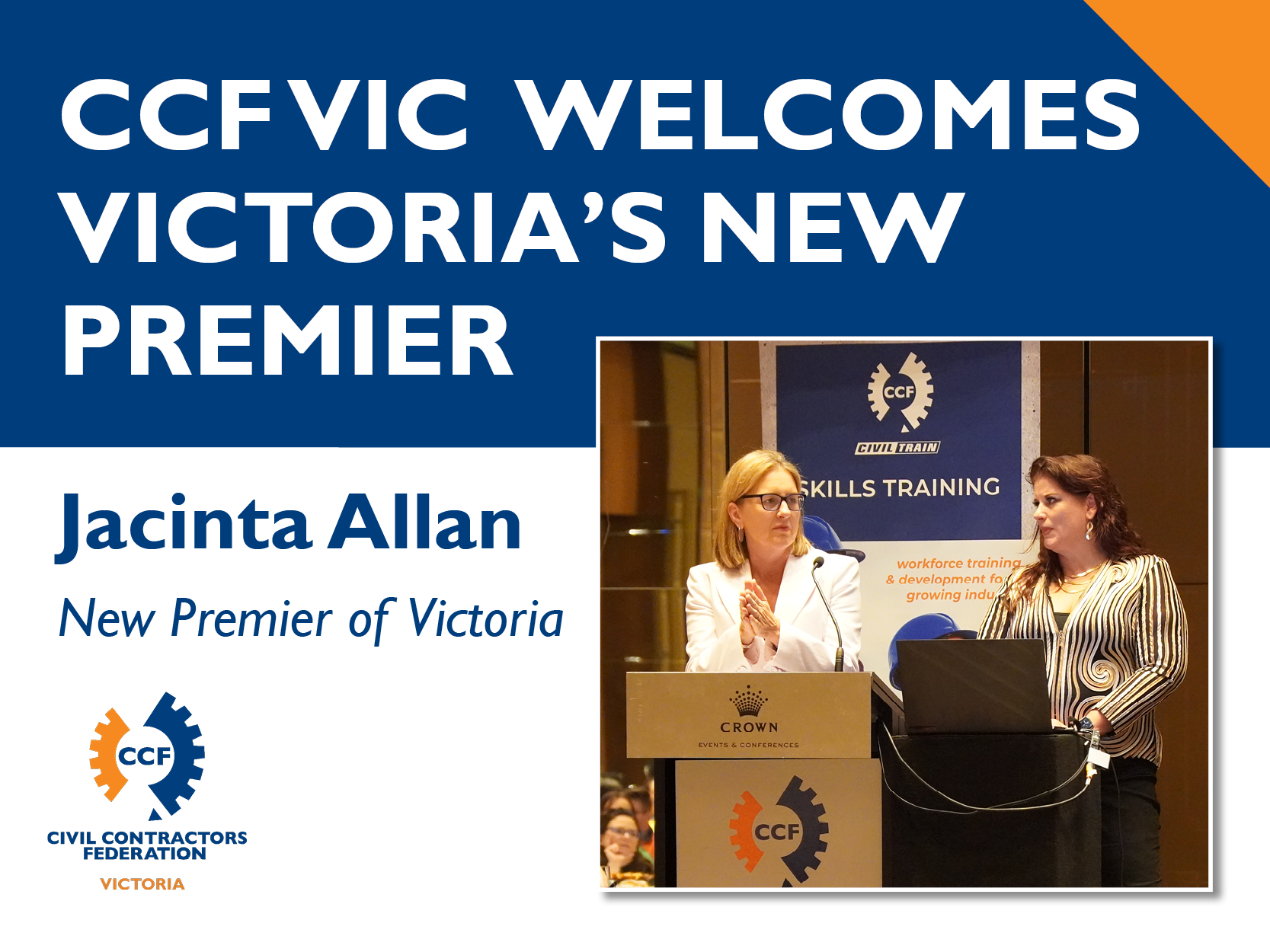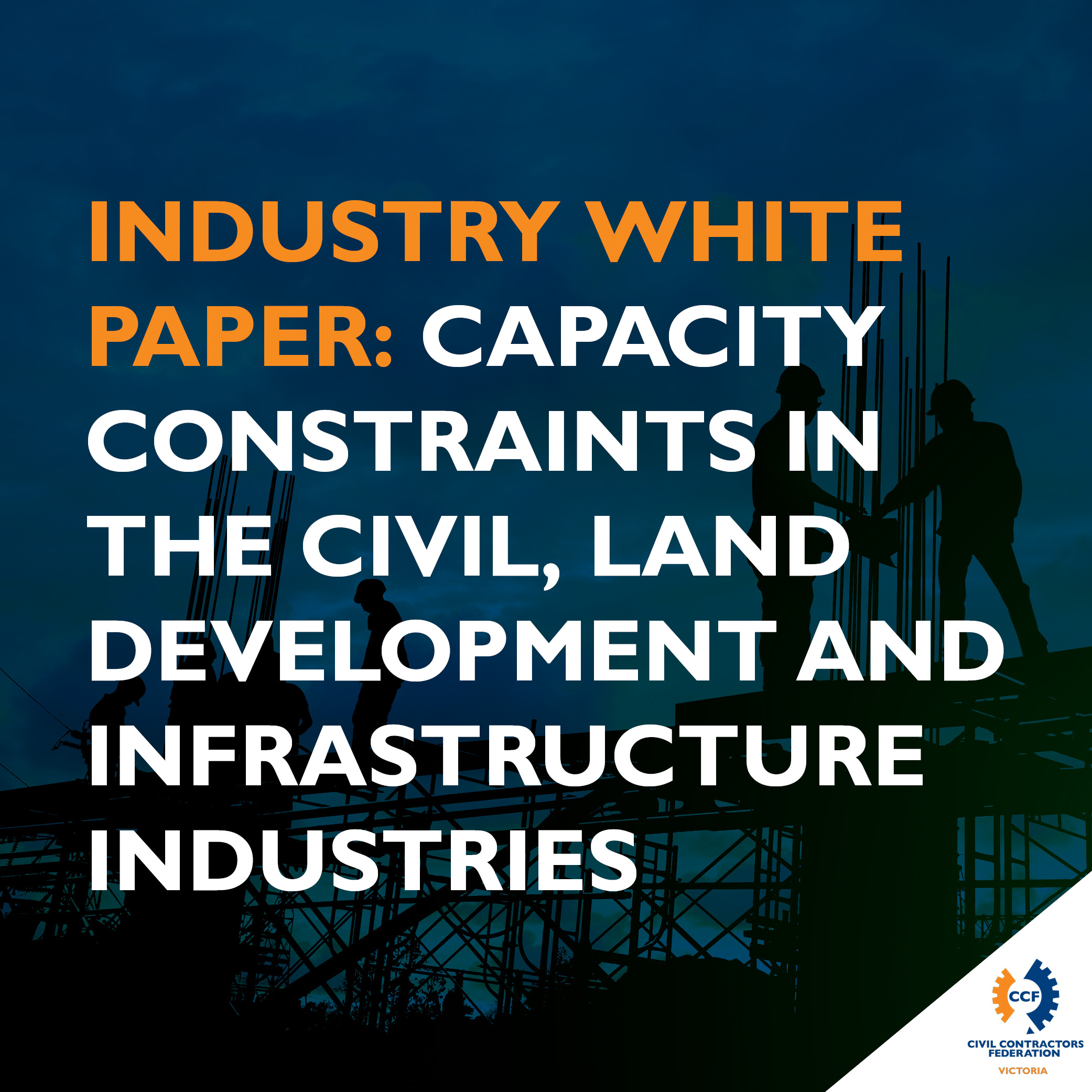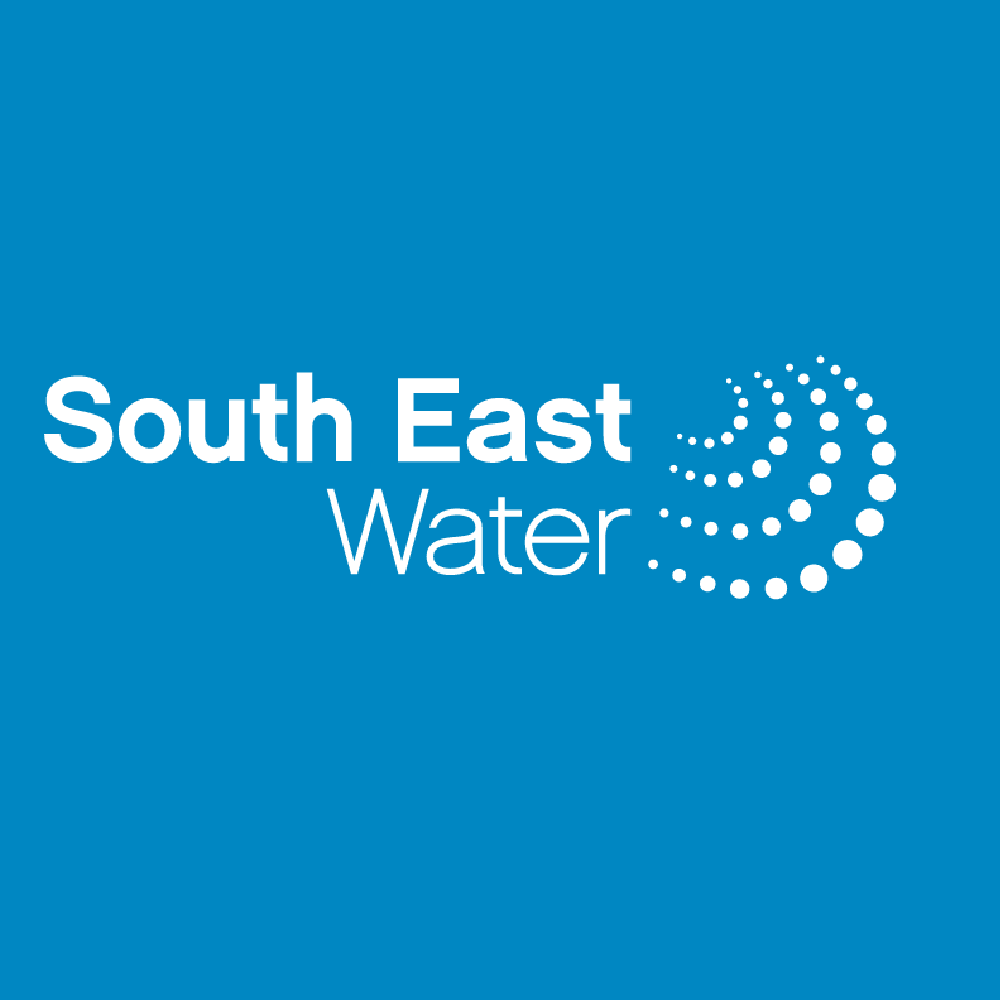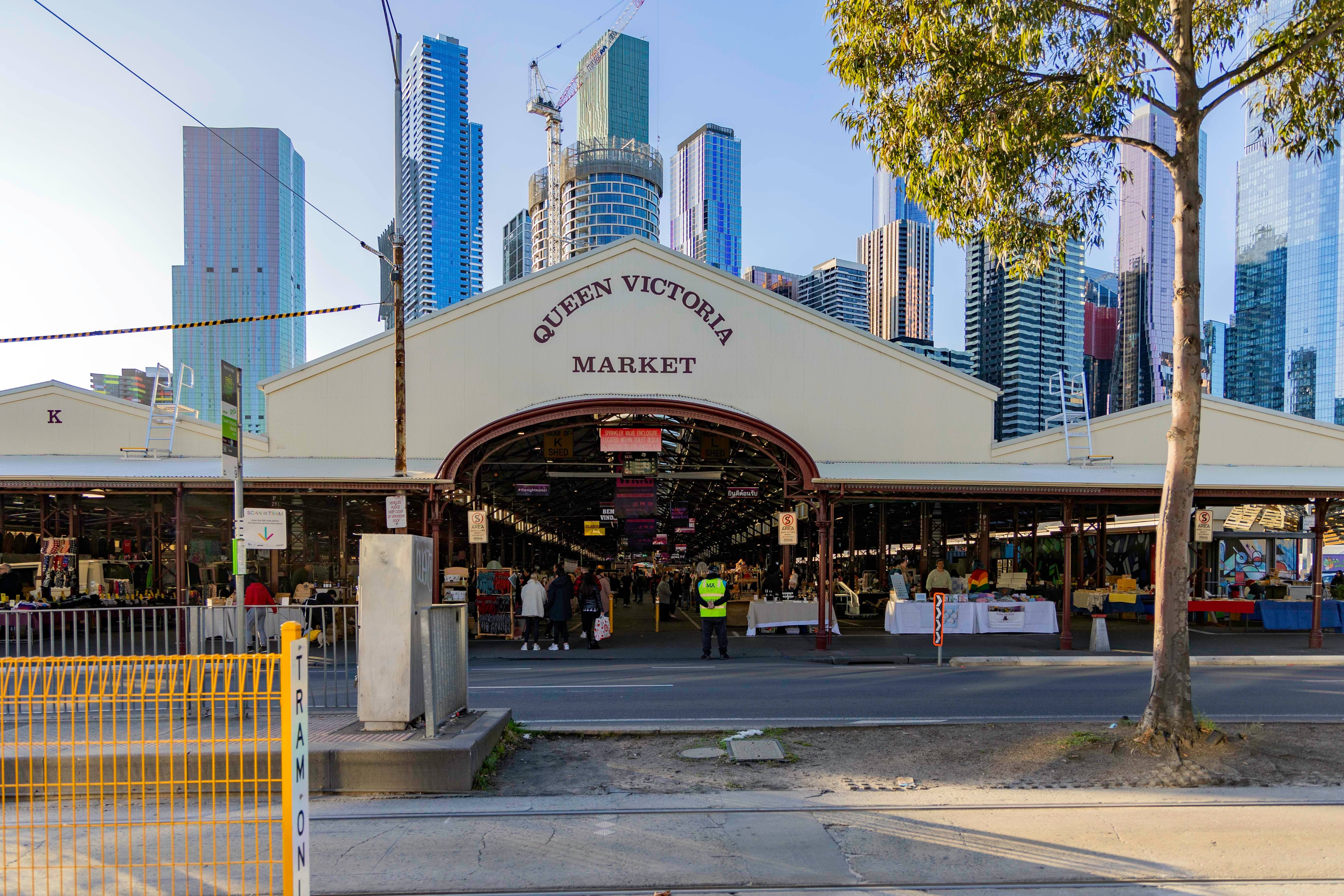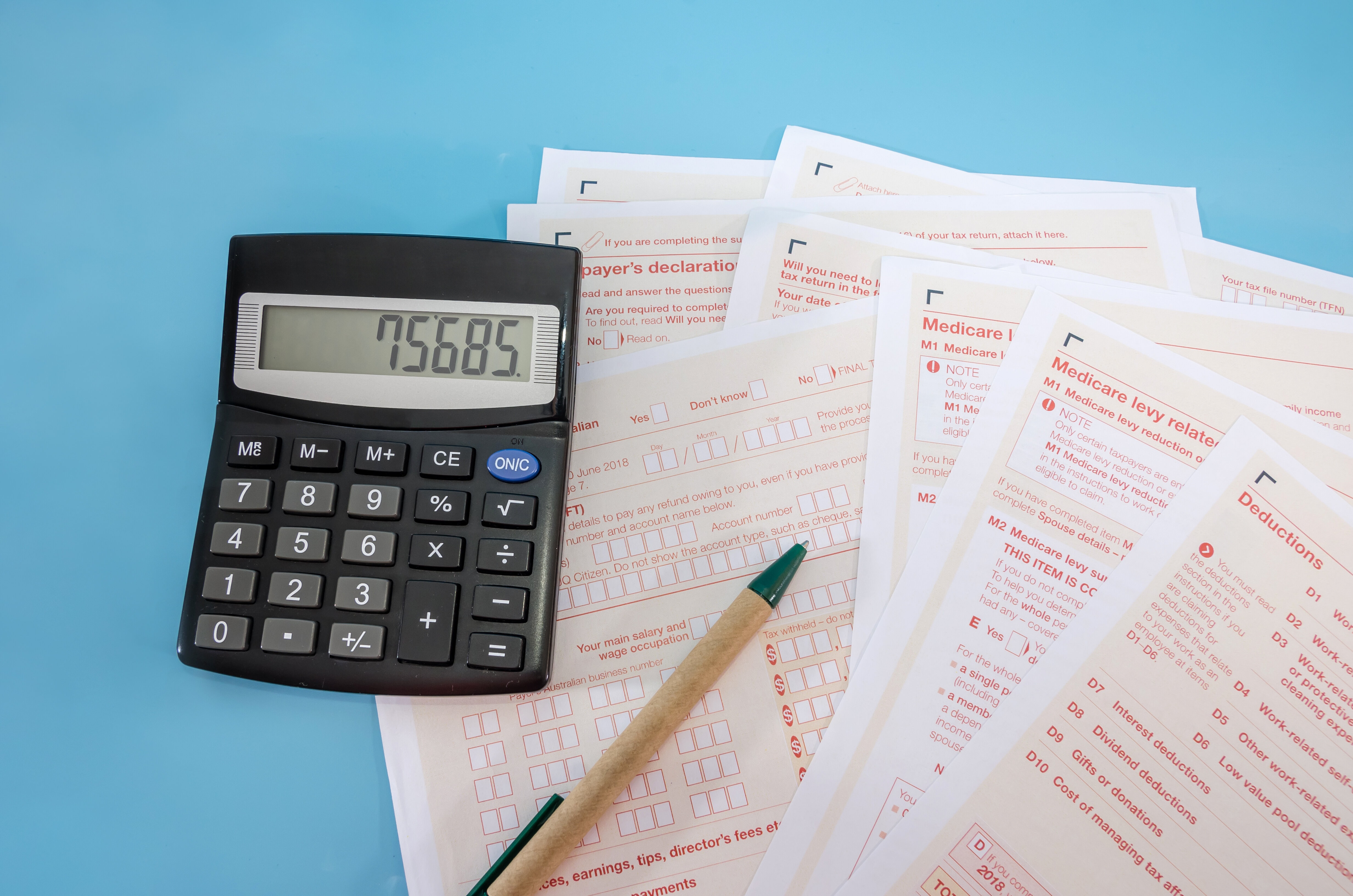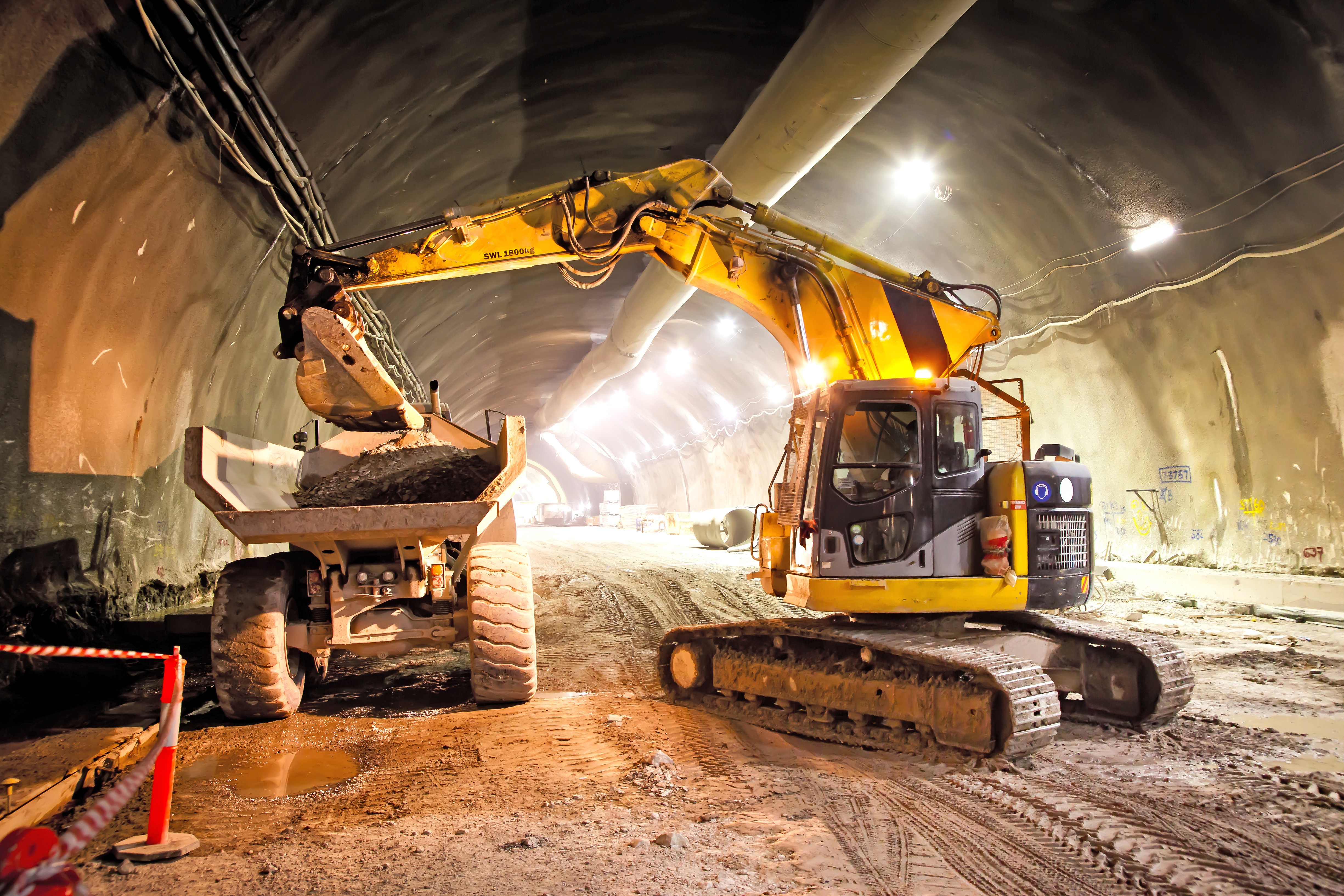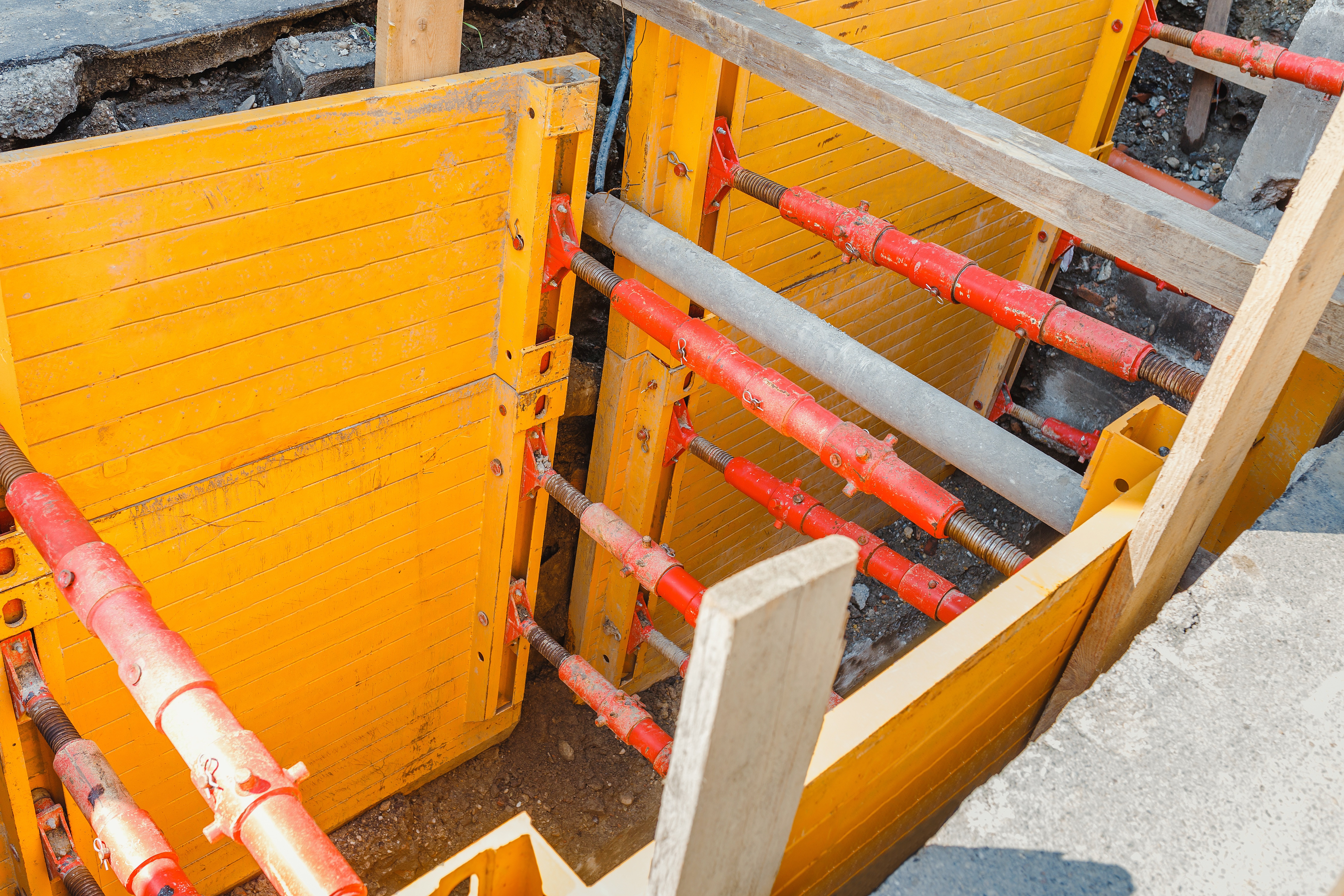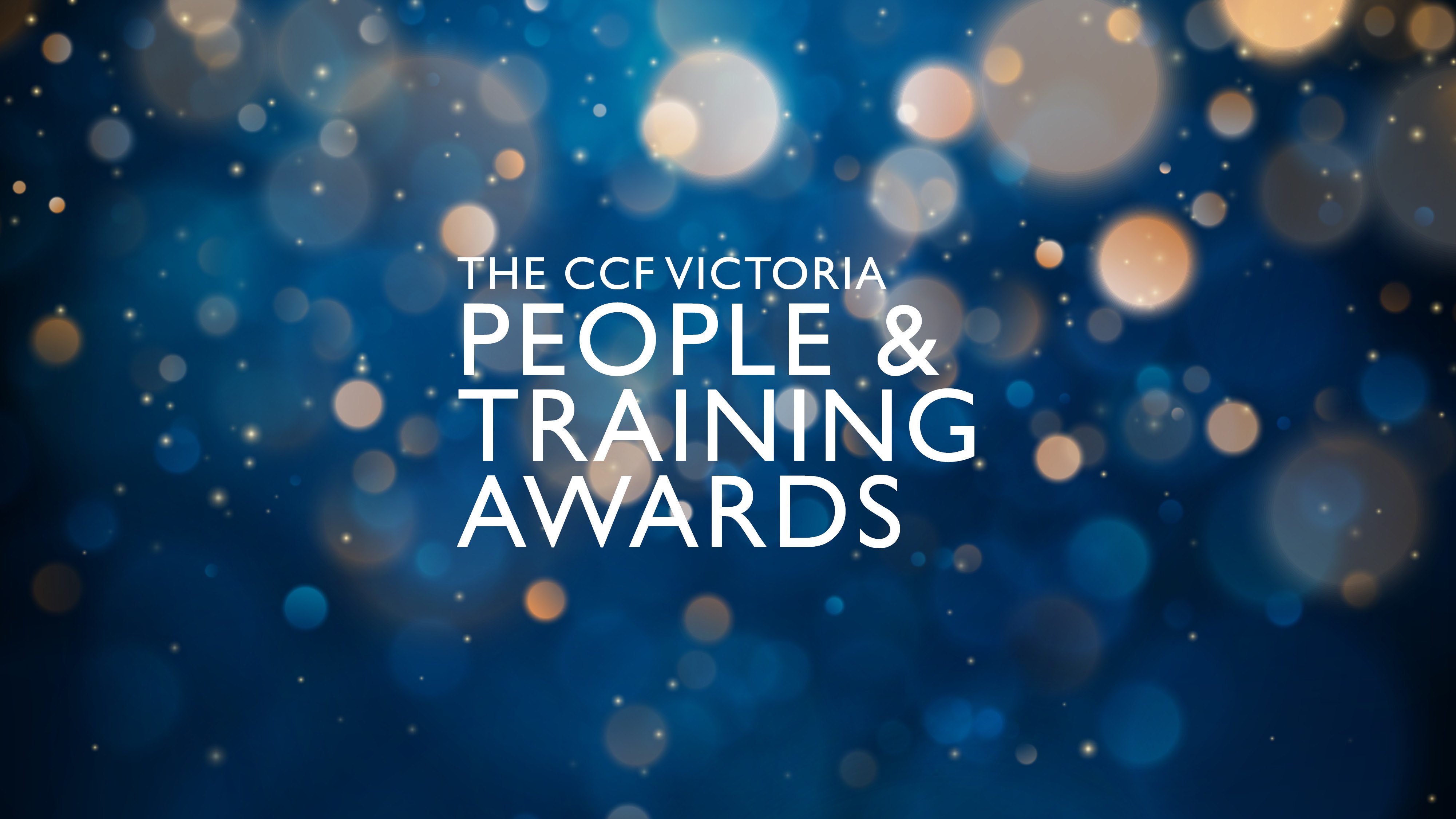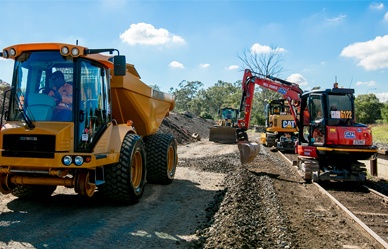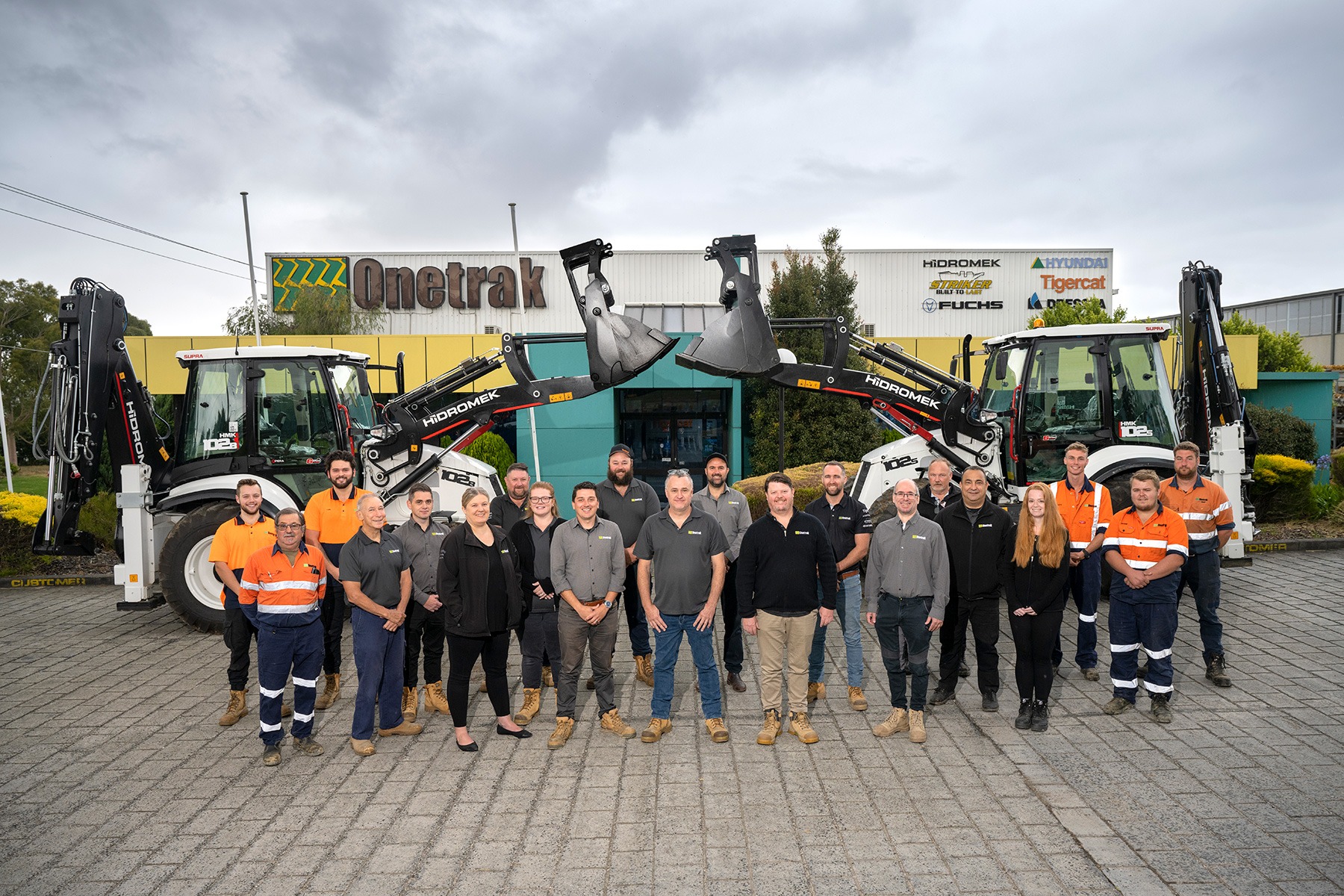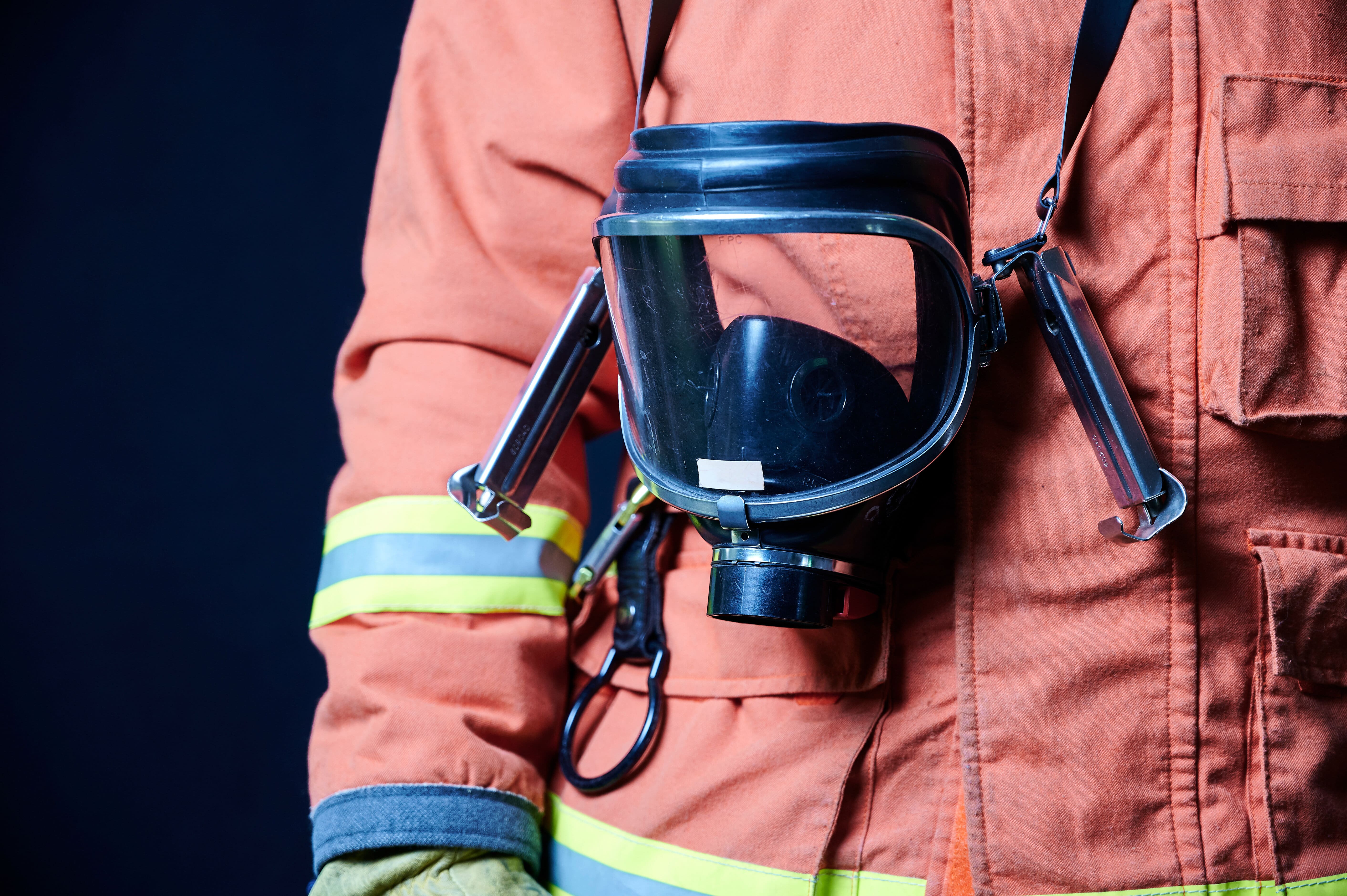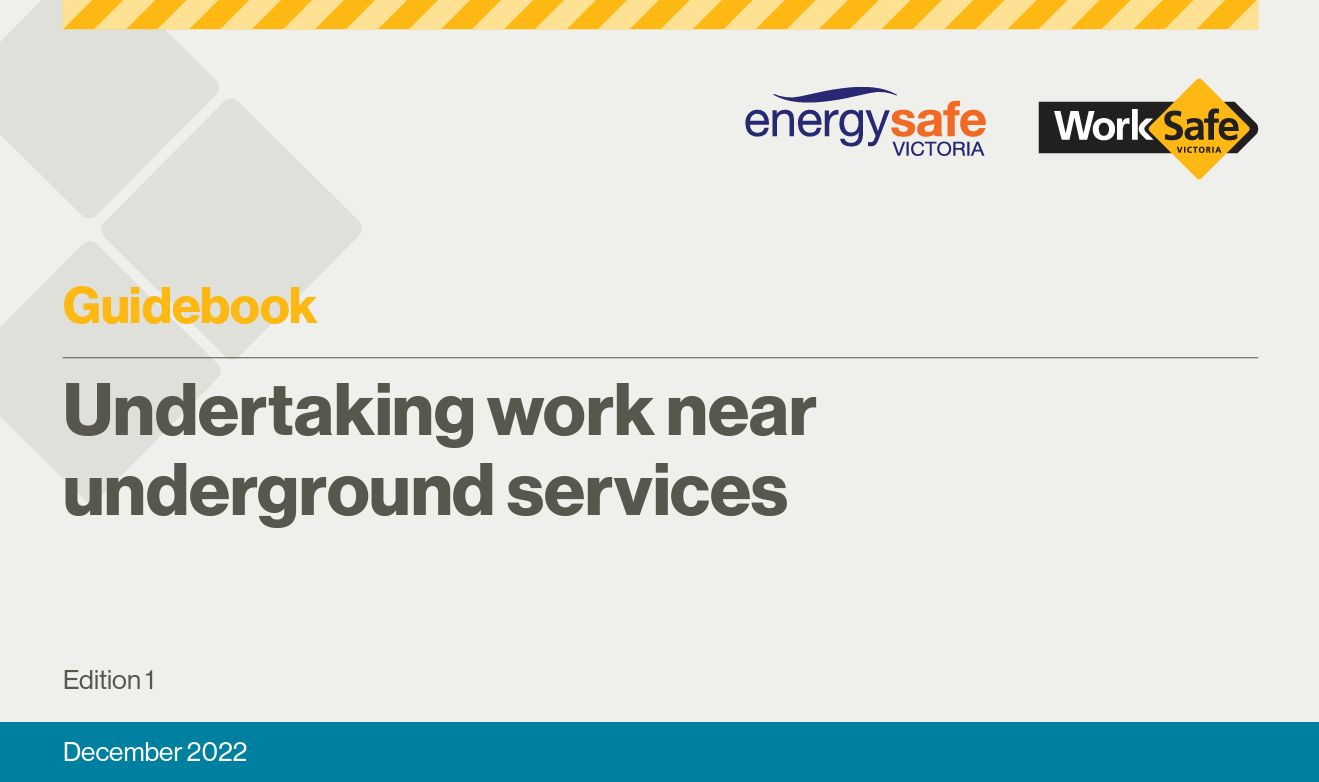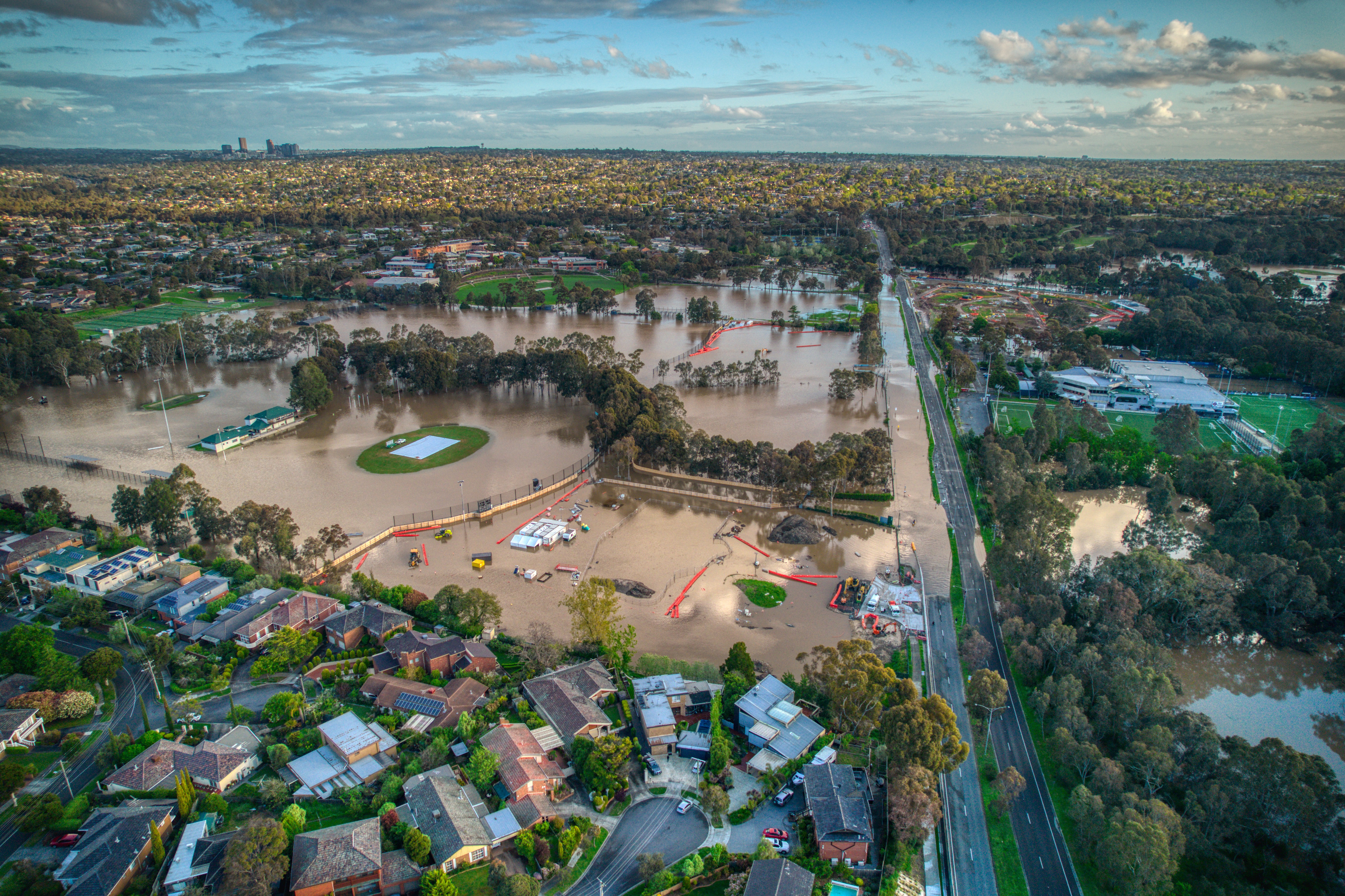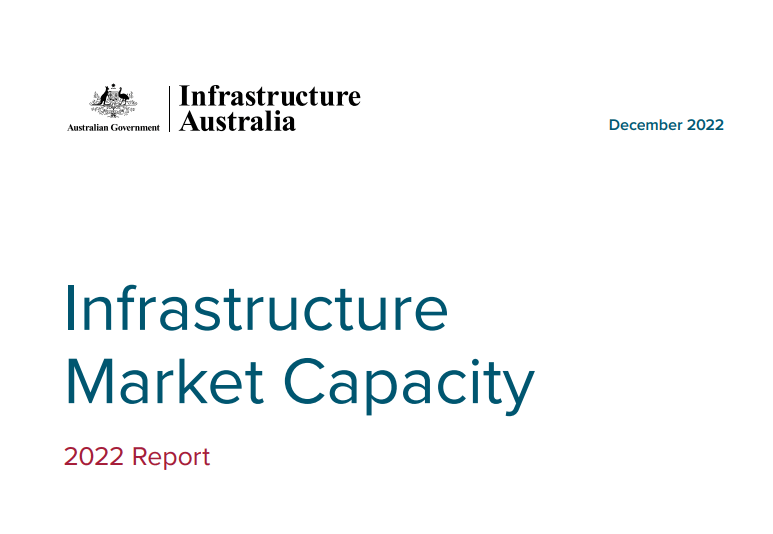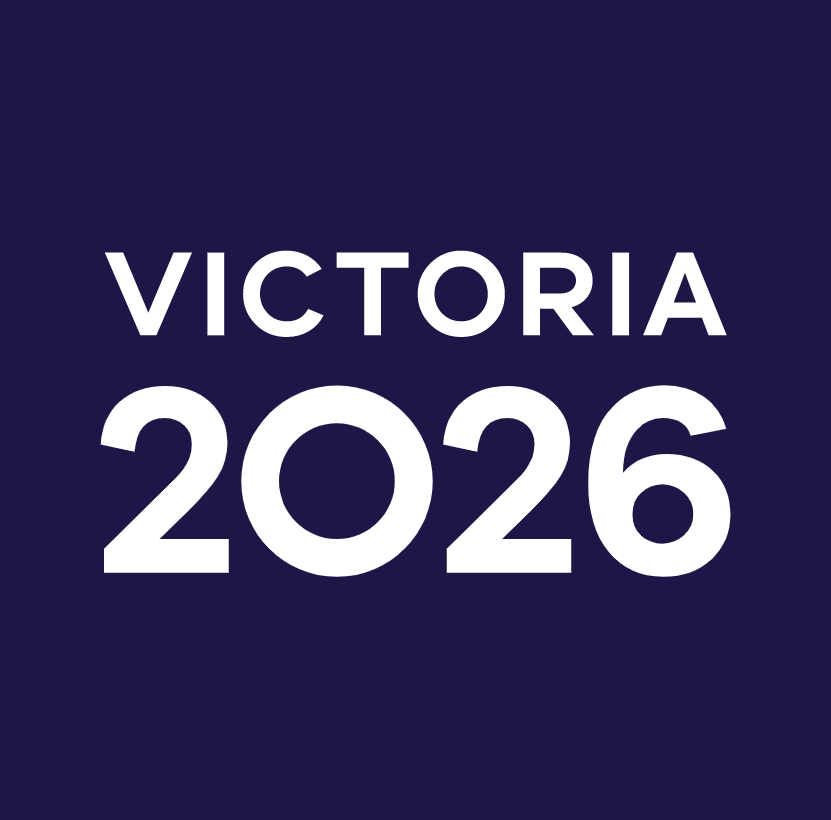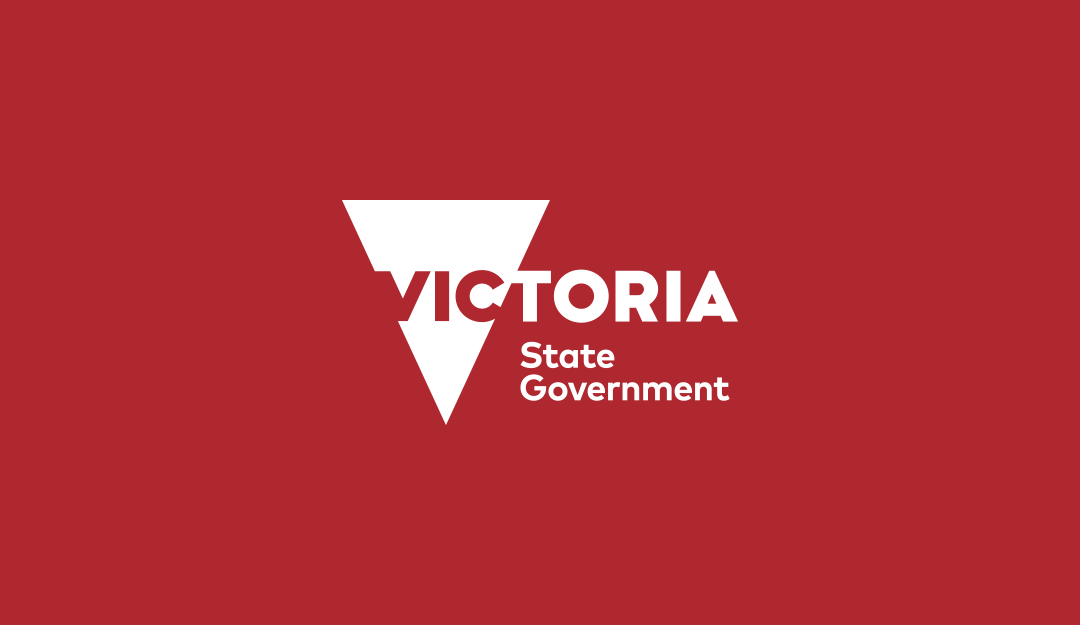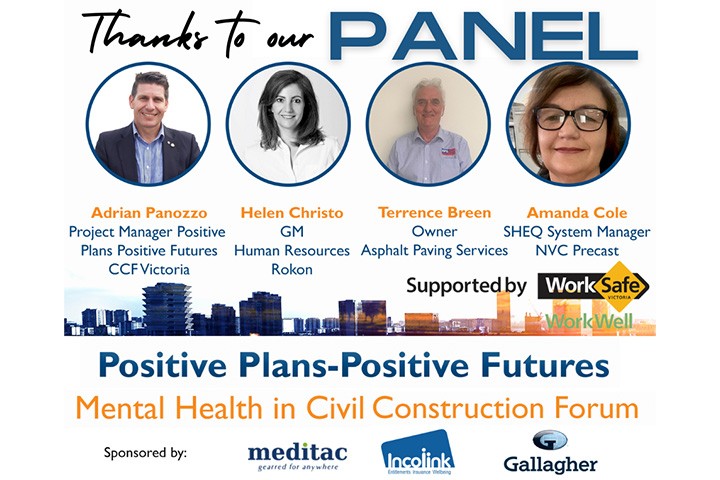Members are advised that on the 25th March 2019, Worksafe Victoria commenced their focus campaign on Construction Regulation Compliance, within the construction industry. The campaign will run until 12 April 2019. The focus will be on high risk construction work (HRCW). The focus of the campaign is on ensuring duty holders’ compliance with the OHS Regulations 2017, Part 5.1 Construction.
One area of particular focus will be on trenching and excavations. Following recent trenching related incidents, wherever trenching activities are occurring, WorkSafe inspectors will be using this campaign to communicate to duty holders obligations to comply with emergency procedure and control of risk regulations.
The Civil Construction industry, including a majority of CCF members – are the principal ‘duty holders’ on which the campaign is focussing.
The campaign is supported by Worksafe with updated guidance materials (Focus sheet, the Trenching safety alert and the Safe work method statements information sheet) and via Worksafe social media channels.
Construction Regulation Compliance
In summary, the following compliance actions are required in order for Contractors to fully discharge their obligations under the OHS Regulations (Vic) 2017. These are:
For construction projects with a cost of $350K or more, principal contractors (PCs) must:
- Prepare a health and safety co-ordination plan for construction work, before the work commences;
- Monitor and keep the plan up to date and available for inspection, for the duration of the construction work;
- Ensure that before a person starts work on the project, they are aware of the plan and are provided access to the plan, including any revision;&
- Put in place signs that are clearly visible from outside the workplace, showing the name and contact telephone numbers of the principal contractor.
Employers and self-employed persons (including PC’s and (sub) contractors who are employers) must:
- Eliminate risks associated with construction work, so far as is reasonably practicable;
- If risks cannot be eliminated, reduce them so far is reasonably practicable;
- Review and, if necessary, revise risk control measures in specific circumstances.
Employers must ensure all persons engaged to work on site:
- are provided with site-specific training (site induction);
- before starting work, have undertaken construction induction training and hold evidence of having completed the training, for example, holding a construction induction card (CI card – ‘white card’); &
- Employers must also ensure that emergency procedures have been developed if there is a risk of a person becoming engulfed by soil or other material (see ‘Emergency Procedures’).
Emergency Procedures for Engulfment
If there is a risk of a person becoming engulfed by soil or other material, an employer or self-employed person must establish emergency procedures. The emergency procedures must:
- so far is reasonably practicable, enable the rescue of and the provision of first aid, to a person who has become engulfed; and
- be able to be carried out immediately after a person becomes, or is likely to become, engulfed.
CCF is currently looking into the provision of an appropriate non-accredited training module, for the preparation and conducting of an Emergency Procedure, where there is a risk of trench or excavation collapse and a worker or workers becoming engulfed. This may be delivered in partnership with an accredited provider, or done as a CCF delivered ‘in house’ module – or a combination of both. There will be more information provided to members over the next few months.
The aim of such training is to assist Contractors to identify a range of trench rescue situations – and the execution of cable pit/trench/excavation rescue procedures in a civil construction environment.
A further objective will be to ensure responsibilities for health, safety and risk management processes at all construction sites, and adherence to safe work practices (particularly the Excavation Compliance Code (Vic) and the SWMS) – are recognized and undertaken at all times as part of the normal way of doing work. We are seeking to reinforce the knowledge base on every construction site, as well as achieving heightened awareness and behavioural change ‘the Safety culture’ – across all worksites and workers in the civil construction industry.
Immediate Actions Upon an Engulfment Event
Workers who are required to assist in the immediate aftermath of a trench collapse, and potentially be facing a trench rescue scenario due to the engulfment of a worker(s) (prior to the arrival of emergency services) – need to be able to understand the following processes, and how these may be Implemented without the risk of further harm to the initial casualties or any other person. These include:
- Identifying unstable trenches;
- Initial response;
- Dynamic risk assessment;
- Assembling rescue equipment;
- Accessing the trench safely and assessing the casualty;
- Extracting the casualty safely;
- First aid consideration; &
- Preserving the scene
The underlying principal in managing this process, and undertaking the initial risk assessment in what will invariably be a high stress, possibly ‘panicked’ situation, is of course to make sure there are no additional injuries in the immediate proceeding actions to the collapse and engulfment.
Safe Work Method Statement (SWMS)
The OHS Regulations 2017 (OHS Regulations) require employers and self-employed persons to prepare a SWMS before commencing ‘high risk construction work’ (HRCW), if that work poses a risk to the health or safety of any person including other persons on site or the public.
HRCW is defined in the Regulations as including ‘involving a trench or shaft if the excavated depth is more than 1·5 metres’.
What needs to be included in a SWMS?
- Identify work that is HRCW;
- State the hazards and risks to health and safety from that work;
- Clearly detail the measures selected to control those risks;
- Describe how the risk control measures will be implemented; and
- Be set out and expressed in a way that is readily accessible and comprehensible to the persons who use it.
The SWMS should also identify the:
- date and location the HRCW is to be performed;
- person/s responsible for ensuring selected risk;
- controls are installed and maintained; and
- names of workers consulted in the document’s preparation
CCF qualified Advisors can assist in the preparation of your Trench Rescue procedure(s) and SWMS. Worksafe Victoria also provide excellent guidance materials on managing HRCW, and the preparation of the SWMS.
Further information is available by contacting the CCF Team on 03 9588 7600.


